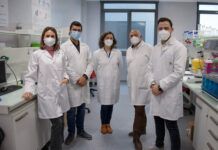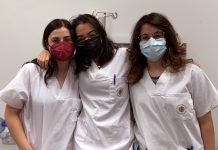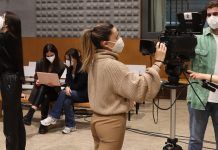· CEU Primary Education students are learning how to motivate children by engaging and challenging them to solve problems
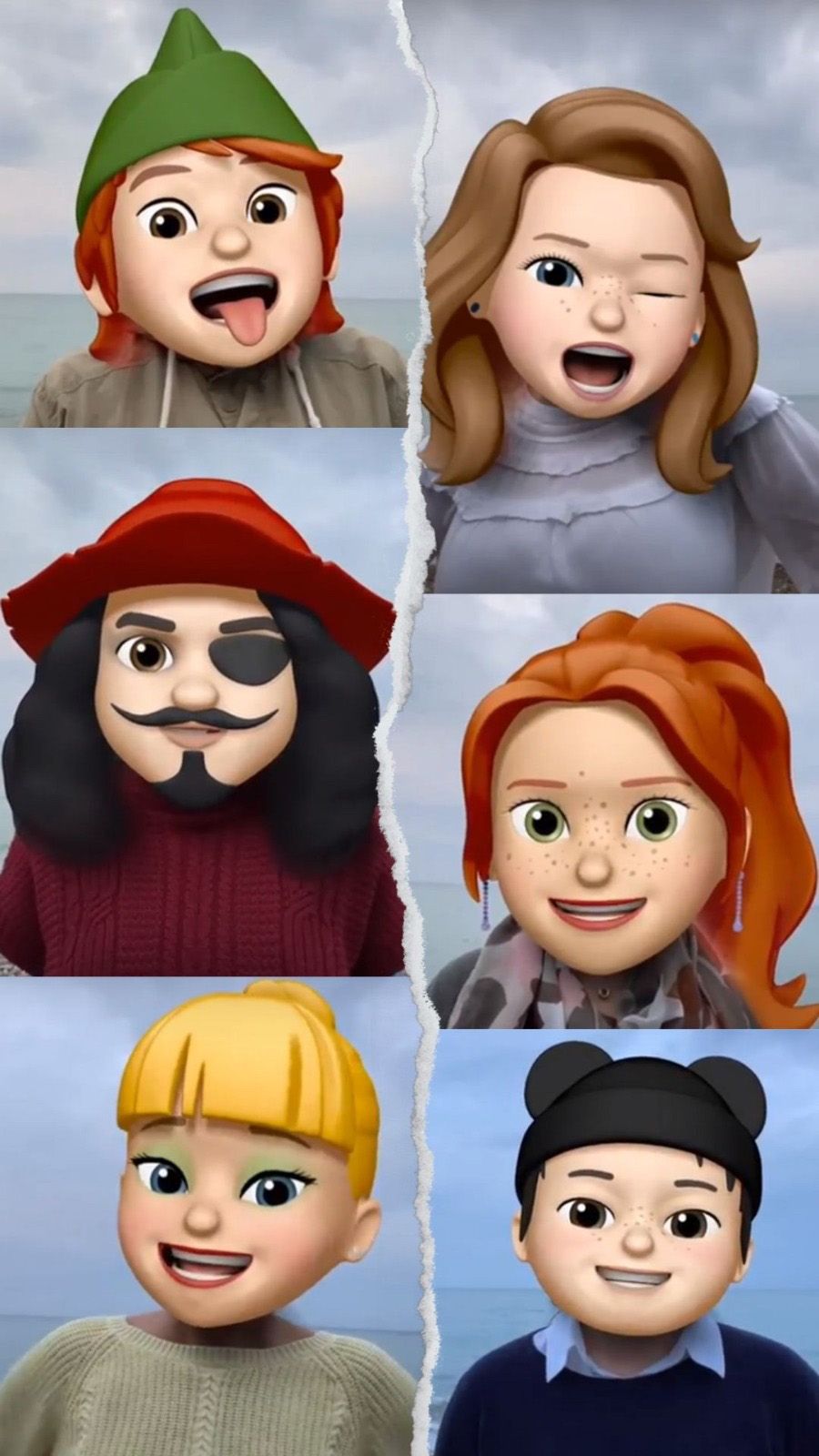 These trainee teachers are learning how to teach maths to children by using TikTok to elicit greater motivation
These trainee teachers are learning how to teach maths to children by using TikTok to elicit greater motivation
The recent PISA Report has placed the focus back on maths. Spanish teenagers are underperforming, in both their understanding of the descriptions of maths problems and in providing solutions to them. This weakness is something that can be addressed earlier in the process, during primary education. A solution could be the introduction of more effective learning techniques, which includes making sure that they motivate the children to learn. And that is precisely what CEU Primary Education students are trying to do as part of the second-year course “Introduction to Mathematics for Primary School Teachers” (Fundamentos de las Matemáticas para el Maestro de Primaria).
A recent project that they’ve undertaken is “Maths with TikTok”. Split into teams, the students had to create addition and subtraction problems for schoolchildren using this popular video platform. And after several weeks in which the different teams have been working hard together, they had to present the maths problems they’d created to their fellow students, via TikTok, ensuring that the descriptions were understandable, attractive and challenging, in order to elicit pupil engagement and motivation.
Vídeo de tik tok
Educational networks
These CEU Primary Education students have certainly seized this opportunity and have really got the most out of this novel initiative. “The project has opened my eyes to the impact that the surprise factor has in education, as creating content that captures pupils’ attention generates enthusiasm and leads to improved learning outcomes,” said Inés Rodríguez.
“Despite the fact that their use is controversial,” she added, “social networks can play a very important role in education young children. So long as you ensure that they are used in the right way, they can help us to make a greater connection with each child’s true context and communicate in a way they can relate to. Using the TikTok platform increases the pupils’ interest and enables them to have fun while they learn.”
‘We’ve learnt how to take an app that children usually see as a form of entertainment and give it an educational use.’
Her fellow student Silvia Gollart is also a fan of using information and communication technology (ICT) and social networks in teaching. “With this project, we’ve learnt how to take an app that children usually see as a form of entertainment and give it an educational use,” she said, adding that “combining things that children are interested in with the content that the teacher needs to get across is a very useful approach.”
Competency-based learning
However, this trainee teacher also feels that care must be used. “Excessive use of electronic devices can lead to addiction. So, it’s about taking advantage of them as resources for learning (combined with other educational resources) rather than just as forms of enjoyment.”
In short, this project has enabled these trainee teachers to consider one the most taxing challenges for the Spanish education sector as a whole, while also enabling them to develop further key competencies they will need in their future careers.
These include digital competencies, the use of mathematics and also, as Silvia said, “language skills, how to work as part of a team, and also learning to learn, as we were also making our own learning discoveries as we were creating the maths problems.”
Teamwork
With most innovative projects, teamwork is the key – and this was no exception.
“Working together as a group enables each student to make a contribution drawing on his or her own creativity and it also allows different procedures to emerge which lead to a common solution,” said Margarita Fernández, the lecturer behind “Maths with TikTok”.
“Everyone learns from everyone else, they respect each other’s ideas and then, together, they choose the best one, which they later present to the other students. The wider group can then consider these ideas and make suggestions for improvement,” she added.
The students are of the same mind. “By working as part of a team, we’ve all learnt how to respect each other’s opinions,” said Silvia. And for Inés, “it helps us to practise things that we’ll need to do in our future careers, when we’ll have to work alongside a range of professionals in order to ensure the educational progress of each child goes as smoothly as possible.”
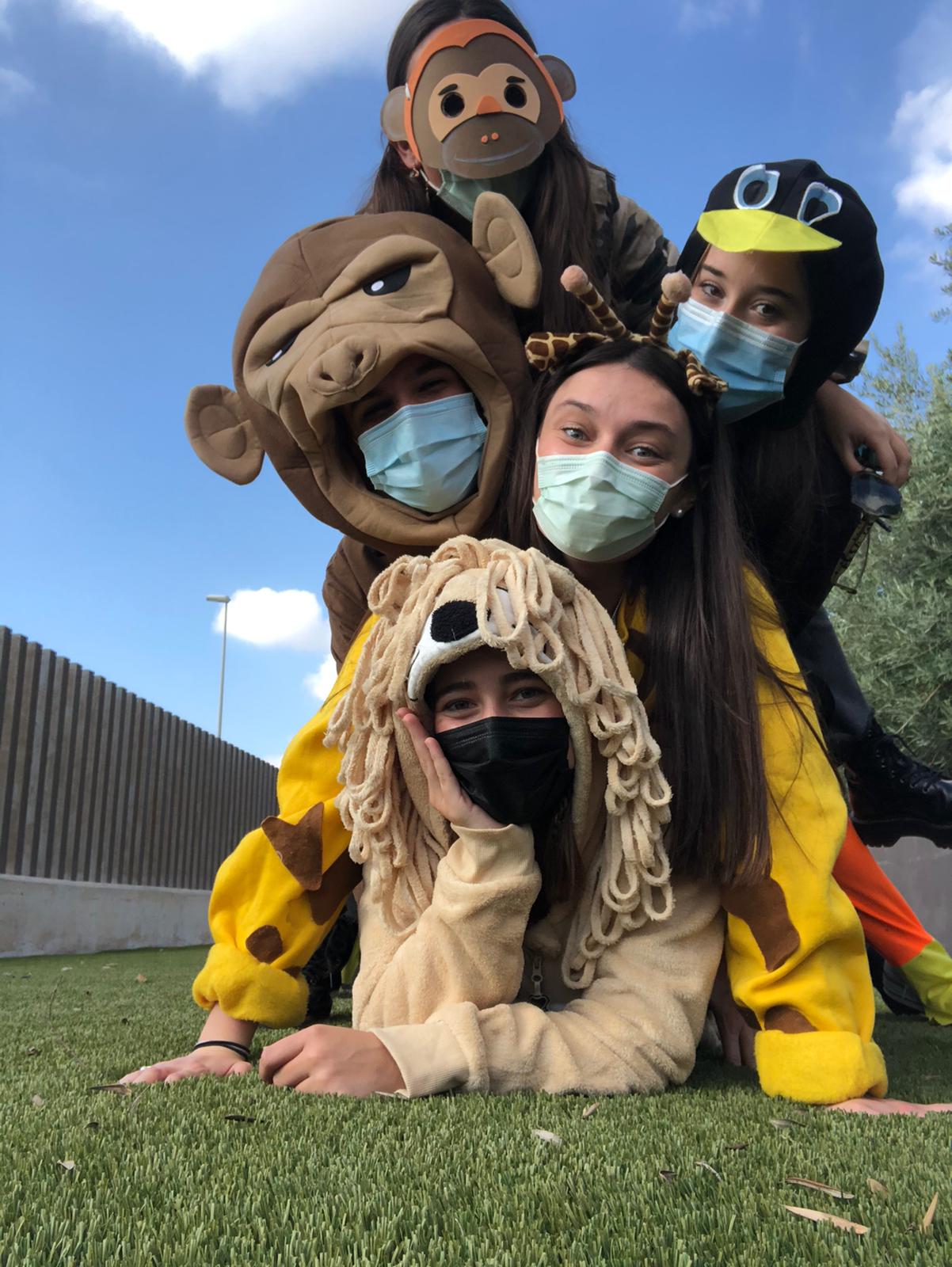 Fun and motivation are key parts of the learning process for young children
Fun and motivation are key parts of the learning process for young children



